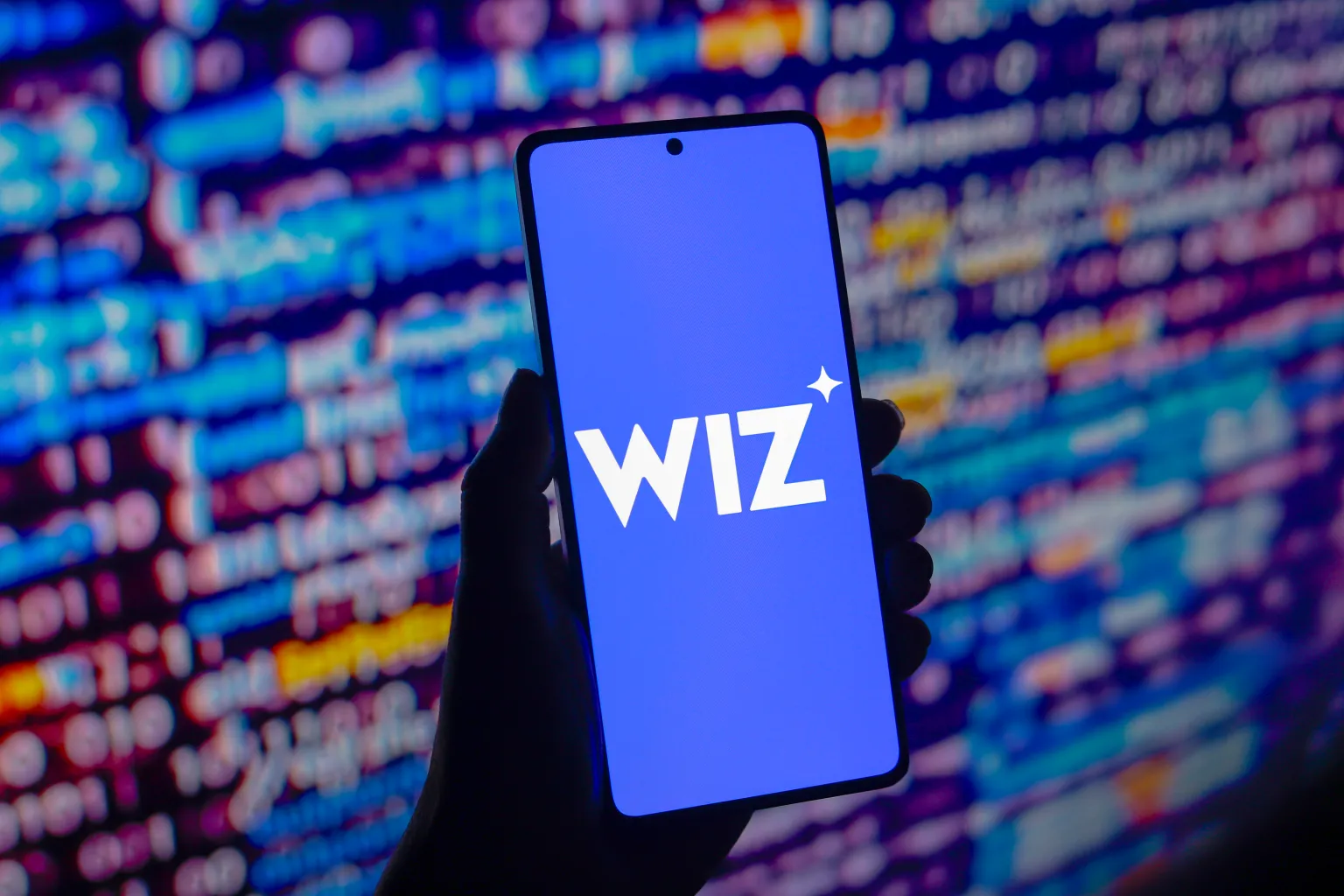In a stunning policy shift, President Donald Trump confirmed Friday that the U.S. government will take a 10% equity stake in Intel, a move that not only jolted financial markets but also signaled a potentially new era of government involvement in America’s most critical technology sector.
The news, first reported by Bloomberg, pushed Intel’s stock up more than 7% in afternoon trading. While Intel declined to comment, the announcement immediately stirred debate among investors, policymakers, and industry watchers.
A Break from Tradition
Historically, the United States has avoided taking ownership positions in private corporations. The government’s role has typically been regulatory, not participatory, leaving markets to allocate resources with minimal intervention.
The few exceptions such as the 2008–2009 financial crisis, when the U.S. Treasury temporarily took stakes in General Motors, AIG, and several major banks, were framed as emergency measures to stabilize collapsing markets. Those stakes were systematically sold off once the companies regained stability.
This Intel deal is different. It is not born of a market meltdown or imminent bankruptcy. Instead, it appears to be a strategic intervention, positioning the U.S. as a direct partner in one of its most geopolitically significant tech firms.
ALSO SEE: OpenAI’s GPT-5 Rollout: Fixes, GPT-4o Return & Chart Glitch
Intel’s Critical Crossroads
For Intel, the timing could not be more consequential. Under CEO Lip-Bu Tan, the company has been undergoing a painful restructuring. Entire divisions have been shuttered, layoffs have hit large segments of the workforce, and Intel has been forced to reckon with years of underperformance compared to its rivals.
The starkest contrast has been with Nvidia, which has surged ahead in artificial intelligence, GPUs, and high-performance computing — sectors that have become synonymous with the future of global tech competition. Intel, once the undisputed king of silicon, now finds itself in a fight to stay relevant.
President Trump himself acknowledged the comparison during remarks to the White House press pool, saying:
“Intel’s been left behind as, you know, compared to Jensen [Huang] and some of our friends at Nvidia.”
Politics Meets Silicon Valley
The announcement also comes after weeks of political drama. Earlier this month, Trump openly pushed for Tan’s resignation over perceived conflicts of interest. While Tan ultimately stayed on, he met with the president soon after, apparently smoothing relations.
Trump described their conversation as candid but productive:
“I liked him a lot. I thought he was very good. I thought he was somewhat a victim … but you know nobody’s a total victim. And I said, you know what, I think the United States should be given 10% of Intel. And he said, I would consider that. … He agreed. And they’ve agreed to do it and I think it’s a great deal.”
The remarks suggest the ownership stake was born not from formal industrial policy planning, but from direct presidential negotiation — a highly unusual origin story for a deal of this magnitude.
Global Investment Pressures
Adding to the intrigue, this government stake follows SoftBank’s $2 billion investment in Intel earlier this week. The Japanese conglomerate agreed to purchase shares at $23 per share, framing the move as a commitment to advancing U.S.-based semiconductor technology.
Intel’s stock, buoyed by both announcements, traded near $25 on Friday afternoon. The combination of foreign and domestic government involvement underscores Intel’s unique position as a company caught between Wall Street expectations and national security priorities.
Why This Matters
The semiconductor industry has become one of the most strategically sensitive sectors in the global economy. Chips power everything from smartphones to fighter jets, and the ongoing U.S.–China technology rivalry has elevated semiconductors to the level of national security assets.
By taking a direct ownership position in Intel, the U.S. is sending a signal:
- Semiconductors are no longer just an industry — they’re an essential pillar of national power.
- Washington is willing to break long-standing free-market norms to protect and strengthen its position in the global tech race.
This deal could set a precedent for future government interventions in other strategically critical firms.
What’s Next for Intel and the U.S.
Open questions remain. Will the government hold the Intel stake long-term, or will it follow the 2008 playbook and divest once Intel stabilizes? Will Washington demand a say in Intel’s governance, or act as a silent partner? And how will competitors — particularly Nvidia and AMD — respond to the implicit backing Intel now enjoys?
For Intel, the short-term impact is clear: a surge of confidence from investors and a new, powerful partner in Washington. But the long-term implications are murkier. With government ownership comes scrutiny, politics, and expectations that may reshape how the company operates.
For the U.S., the move represents a radical departure from laissez-faire orthodoxy. If successful, it could embolden policymakers to pursue similar strategies in other sectors deemed critical to America’s technological leadership. If it backfires, critics will point to it as proof of why the government should never sit at the corporate table.
The U.S. government’s decision to acquire 10% of Intel isn’t just about one company. It’s about redefining the relationship between Washington and Silicon Valley, and recognizing that in the 21st century, control over technology is as important as control over energy or defense.
Intel’s future — and perhaps America’s tech trajectory — now has a new, unlikely shareholder: the United States itself.
Sources ( Techcrunch )




